The Sheriff of Nottingham
Without
question, Robin Hood's principal enemy is the Sheriff of Nottingham. Robin
has tricked the sheriff on many occasions and killed him at least three times.
More
properly this bad guy would be the sheriff of Nottinghamshire and Derbyshire.
As sheriff of these two counties, the Sheriff (or often his under-sheriff,
the deputy who did much of the real work but was not mentioned in the legend)
would be in charge of seizing an outlaw's property, administering the shires
and collecting taxes. The sheriff is the legal authority in the Robin Hood
legend, appointed by the king.
The
sheriffs were unpaid by the king, and had to pay a yearly sum to hold the
office. No matter. The sheriffs made enough money from their various duties
to pay off the king and still make a handsome profit. There were many attempts
to reform the sheriffs, but there were always some rotten apples.
The
sheriffs that Robin Hood fights are greedy and corrupt, abusing their authority
by collecting too many taxes. The sheriff might be the legal authority
in Nottinghamshire, but he was most certainly not the moral authority.
The
sheriff changes from story to story. He has different names, and often
times he is given no name at all. His title is more important than the
man. [Although details of the real-life sheriffs can be found at the Search for a Real Robin Hood section.]
In
some stories, the sheriff is an overweight fool, mere comic relief to nastier
foes. Other times, he's a smooth political operator with a sharp wit. Or
he can be the leader of a magical cult. He can be silly, sinister or merely
psychotic. Once in a while, the sheriff is portrayed as a good man doing
an unpleasant job. Such interpretations are rare though. Usually, the Sheriff
of Nottingham deserves everything Robin Hood does to him.
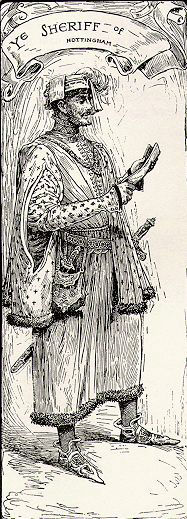
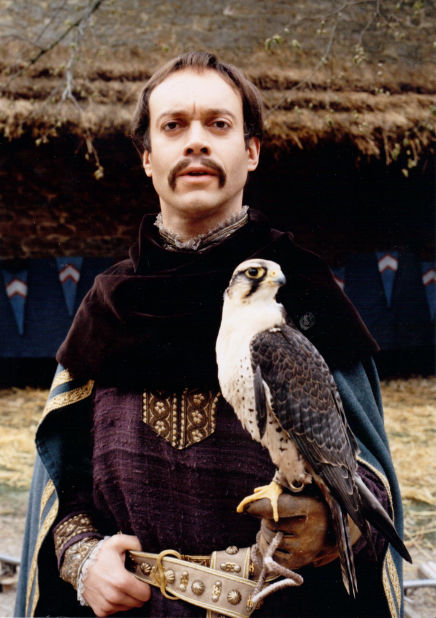
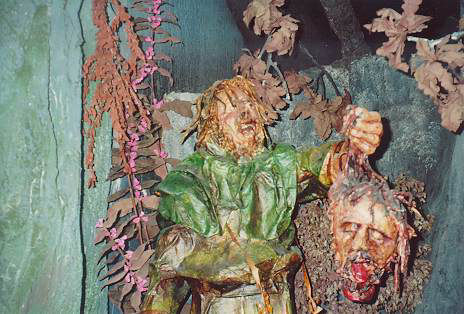
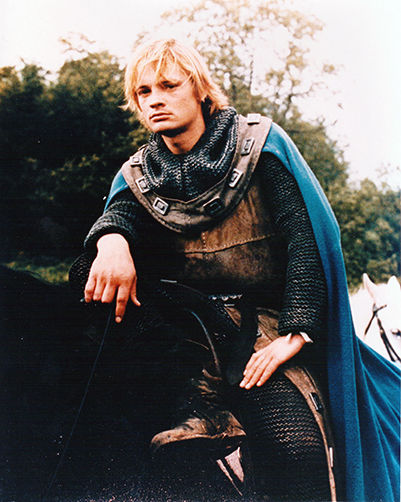
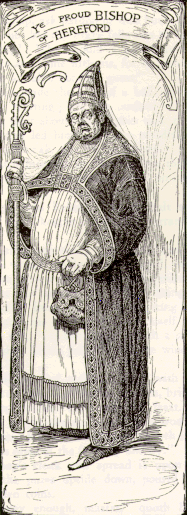
Contact Us